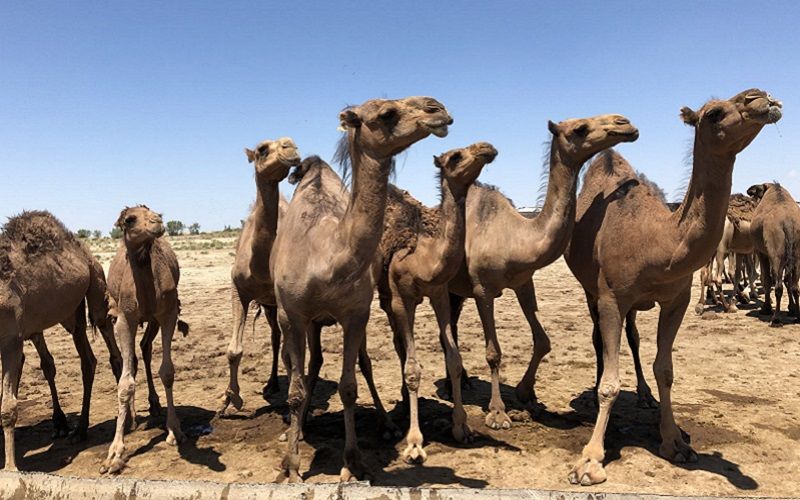Could Camel Milk Be the Next Superfood for Immune Health?

Emerging research fr om Edith Cowan University (ECU), Australia, suggests that camel milk might offer impressive benefits for immune health, potentially surpassing the benefits of almond and cow's milk. This study, published in Food Chemistry, highlights the distinct protein composition of camel milk, which might make it a valuable alternative, especially for individuals with dairy allergies.
The research identified 1,143 proteins in camel milk, significantly more than the 851 found in cow’s milk. These proteins include unique bioactive compounds that may support heart health and create a healthier gut environment by combating harmful bacteria. Moreover, camel milk lacks beta-lactoglobulin, the protein responsible for most dairy-related allergies, and contains lower lactose levels, making it easier to digest for some.
Camel milk consists of 87-90% water with variable protein content between 2.15-4.90%, and lower fat content (1.2-4.5%), compared to cow's milk which contains 85-87% water, 3.8-5.5% fat, and higher lactose content.
While camel milk production is limited, producing about 5 liters daily compared to a cow’s 28 liters, its potential for cultivation in arid regions wh ere traditional dairy farming is challenging, presents a promising opportunity. In Australia, given the semi-arid climate and camel population, increased production is feasible.
Study researcher Manujaya Jayamanna Mohittige noted the environmental benefits for regions where camels thrive over traditional cattle. Despite current production challenges, the demand for camel milk is gaining momentum.
While camel milk might not yet feature prominently on supermarket shelves, the study reveals it deserves more attention. Its unique protein profile and immune-enhancing properties could make it a viable alternative for those with dairy sensitivities.
Using mass spectrometry, scientists identified and quantified the proteins in camel and cow's milk, focusing extensively on immune-related proteins. The study was backed by the Australia Research Council Centre for Innovations in Peptide and Protein Science.











